Illustrating for People and Planet – 10 Tips
Illustrator and AOI Member Sam Pierpoint realised she could bring her sustainability habits into her work environment. Here she shares 10 points to get you started – from your illustration practice, to travel and your digital footprint.
Sam will be in conversation with the AOI on Wednesday 1 December 2021 to talk more about the changes she’s made, and what is still to come. The session is open to all to learn, share and connect around this vital subject.
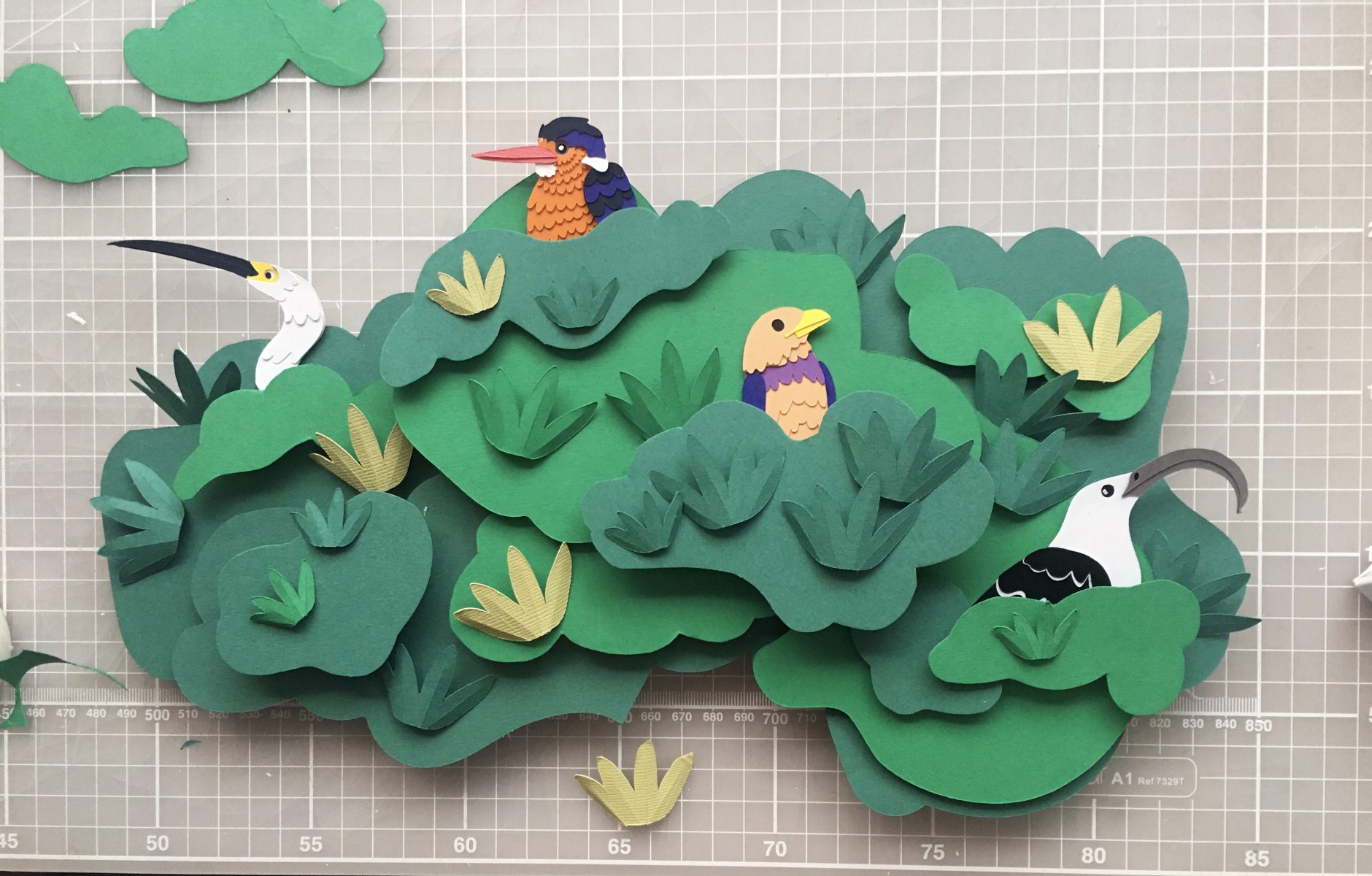
- Make an Impact with your art [Free>>]
Your self-initiated work matters and can be so powerful! I read the book written by Rob Hopkins – From What is to What If, and it made me realise that we are in the best industry to help get the cogs turning when it comes to positive change.
We’re problem solvers and we have fantastic imaginations, so what we do is perfect for setting the seed for change. Imagery can help to simplify complex issues. We can imagine a better future and show many people what it could look like.
Some illustrators who’ve made a real impact with their self initiated work include Mel Johnsson, Tolmeia Gregory, Gina Martin, Asia Orlando, Immy Keys, Holly Exley and Louis Masai.
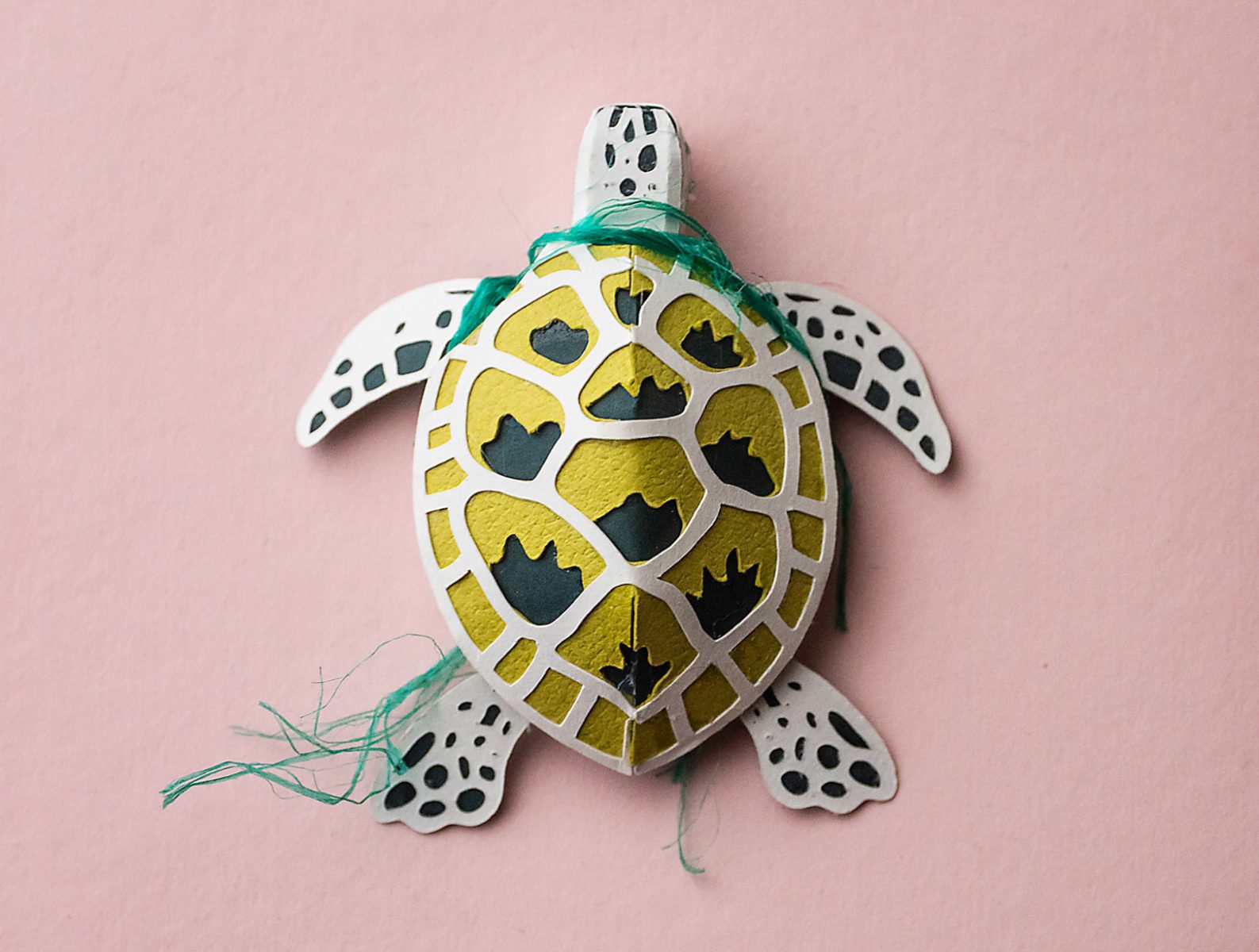
- Materials
Knowing your materials, suppliers and where they are sourced from is a good habit to get into. Take a look at what you use and have a think about whether they are renewable, recycled, recyclable, how you responsibly dispose of them, etc.
If you find out that your paper is manufactured on the other side of the world, see if there is an FSC or PEFC certified alternative which is made solely in your country and even better still, is sold as recycled paper in your country.
If you’re not happy with the amount of plastic packaging on materials that you buy, speak to your supplier and ask if there is something that could be done to minimise it. You can recommend Surfers Against Sewage, Plastic Free Champions to them as an incentive, as business owners (including illustrators!) can get a little award and certificate for lowering the amount of unnecessary single-use plastics within their workplace. Locally, you can find your local Plastic Free Community here.
If you have a shop and you need to package your products, be aware of the issues around bioplastics and opt for home compostable if you can. This blog from City to Sea explains more, and artist Leigh Ellexson has researched in great detail eco friendly, plastic-free online shop packaging.
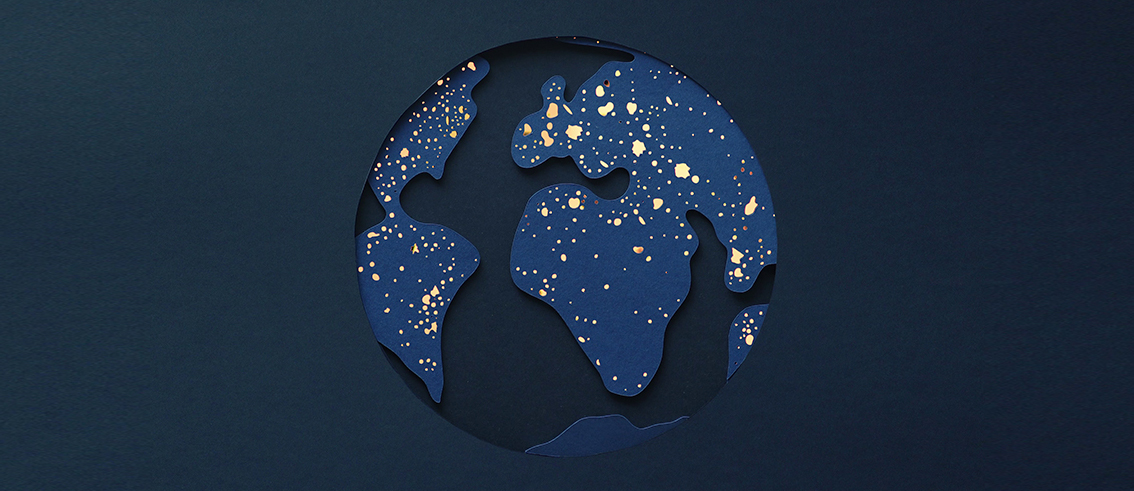
- Energy
Switch to renewable energy! If you work from home, switching to 100% renewable energy should be a fairly easy thing to do if you can afford to.
If you’re working at an agency / co-working space, it can be a little more tricky. Ask the person who owns the place if they are using renewable energy and if they aren’t, ask them if they are planning on switching anytime soon.
If you’re working in an environment powered by renewables… hurray! Give yourself a pat on the back! Shout about it on your website and socials, your potential clients will appreciate that you’re making an effort. The sustainable ones will want to be working with people who are making a conscious effort too!
The book The Sustainabl(ish) Living Guide by Jen Gale has a whole chapter on Sustainabl(ish) Work. In that chapter, Jen states leaving a computer on overnight for a year creates enough CO2 to fill a double decker bus. A PC monitor left on overnight can waste enough electricity to laser print over 500 pages. So being savvy on saving energy will save you money, and will also be better for the planet too.
- Travel
There are many reasons we need to travel for our work. For those who live in a city, everything is most likely well connected – therefore walking, cycling or catching public transport is probably something that’s done quite easily. If you live in the countryside with poor public transport and no local train stations (like I do), it can seem much less accessible, and there is the added guilt and dilemma when taking the car is so much easier and can cost anything up to 5 times less than public transport.
I tend to do all meetings digitally now to avoid using fuel unnecessarily. It’s still important to know how to present confidently on screen, so to any people who are new to the industry please take note of that. I work with physical paper sets and sculpture which are photographed. Sometimes I need to get these to a director in another city. Driving is the safest way of doing this; I haven’t found another solution as yet. Hiring an electric car or offsetting my fuel are options, but don’t work practically.
What If you get asked to go abroad? Make sure it’s really worth it. Maybe make a holiday out of it so you’re not flying more often than usual, offset your fuel or consider taking the train and turning it into an adventure!
I’m a huge fan of Nina Cosford and I love how she made a whole book on travelling on the Trans Siberian Railway. While not directly related to sustainability, making something amazing and fun out of traveling sustainably could definitely be a way of getting people excited about earth-friendly ways to explore and adventure.
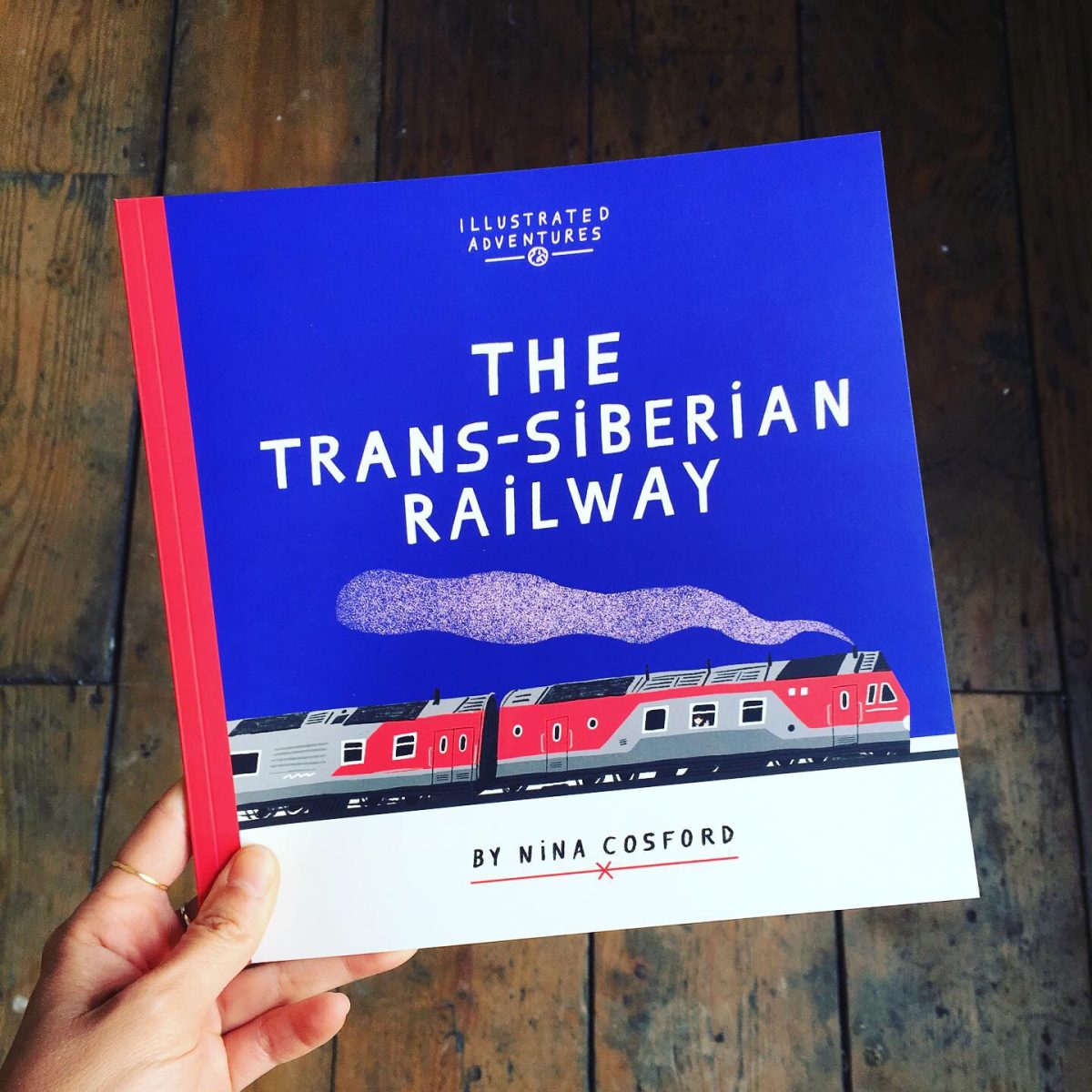
- Clients
If you can be picky (oh you lucky thing!) choose clients that love the planet like you do, and be alert to green-washing and companies that are actively damaging to society or the environment. If you’re just starting out, it’s more important that you focus on getting whatever job you can to be able to sustain your own career. But there are still nifty ways of pointing your self-initiated work in front of the eyes of planet friendly clients:
– Choose special days of the year like Pride, World Ocean Day, etc; create a bit of work for it and post it on that day with all the hashtags to help people find it.
– Look up charities and non-profit organisations who are supporting a cause that you care about. Think of how your work could help their mission, and make self-initiated pieces around a similar topic.
– Put yourself in a scene to connect with potential clients. For example, if you are passionate about protecting wildlife and biodiversity, find local or online talks, events or meet ups about it.
– Look for design and ad agencies that have sustainable practices, and contact them to show your work.
– If a client asks you to include something in your illustration which you don’t think is appropriate, don’t be afraid to point it out; explain why you think it’s not necessary and give them a more suitable alternative. I was once asked to include a plastic bottle in an image for a summer in the city scene. I mentioned that most people are carrying reusable bottles with them these days, and the client was absolutely fine with taking the plastic bottle out. - Digital Carbon Footprint
A few years ago, I thought The Cloud was something wireless and floating around in air space… I couldn’t have been more wrong! Emails, search engines, websites and anything digital that we use, all have a carbon footprint.
According to Leap and their findings, “If the Internet was a country, it would be the 7th largest polluter”. Leap have got together with other creatives to write a Sustainable Web Manifesto – a public declaration of a shared commitment to create a sustainable internet.
A few small adjustments I’ve made so far: I’ve switched to Ecosia as my main search engine. Ecosia donate 80% of its profits to non-profit organisations that focus on reforestation.
I’ve also started to do a digital clean every so often by deleting unnecessary apps, old or pointless emails and repeat / rubbish photos, and unsubscribing to things I no longer want to be subscribed to, etc. It’s quite therapeutic and satisfying, especially because it’s great to wake up in the morning only to have a few important emails popping up on my screen… bliss!
I’ve figured from looking at websitecarbon.com that my website is running on clean energy, but on the down side, 2.07g of CO2 is emitted every time someone visits my web page. So there’s a bit of work that I need to do to correct that figure.
Here’s a handy article by Reset which lists more ways of reducing your digital carbon footprint.
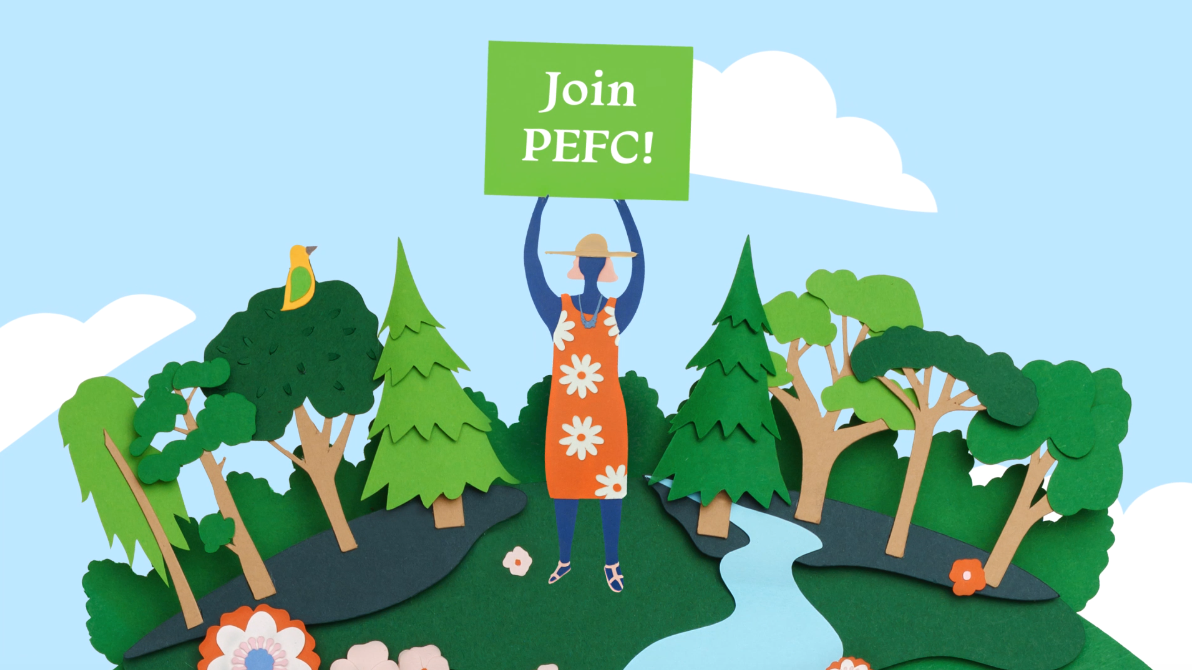
- Waste [Free>>]
The drawing side of illustration, I imagine, doesn’t make much waste. But if you’re a maker like me, there will inevitably be offcuts, glue and a few different materials to think about.
No matter what you do, it’s always worth collecting your waste (from work, or even from lunch!), so you can see what kinds of materials are passing through your studio, the amount of it and where it goes. I’ve made some changes in my studio, you can read about those here.
It’s only when we look at our waste, we realise how we can minimise it. Daniel Webb, owner of Everyday Plastic, decided to do just that and store all of the plastic waste he generated for a year. He was commissioned to make a giant mural out of it, and from that he produced this eye-opening report. He’s also conducted huge interactive surveys allowing people to get involved, and helping them to better understand the problem.
- Learn and Connect. [Free>>]
Having more understanding of certain topics you care about will help you to specialise. Being an illustrator with a passion for things other than illustration is where magic can happen! A few of my favourite examples of this are Courtney Ahn Design, who creates art activism and anti-racism resources. She partners with like-minded brands and organisations and offers accessible design services to small business owners (BIPOC priority). As she takes a lot of thought and time over her self -initiated work, she is also signed up to Buy Me a Coffee where people can support the amazing free work she does.
I’m also a huge fan of Mélanie Johnsson – an illustrator who lives by the sea and is also a kick-ass kitesurfer! Her connection to the ocean has given her inspiration for many of her projects. She’s even created a magazine called Spellbound which shines a light on passionate people who care about our planet and other humans, in one way or another. The magazine covers conversations between Mélanie and people that she admires. The magazine is also filled with illustrations, tips and resources to inspire and refresh.
I am a keen runner and I love to get on the water and paddleboard. I see a lot of litter on countryside roads and trails and in our rivers. This made me join Surfers Against Sewage as a Plastic Free Community leader for my village. I’ve learned lots about campaigning through volunteering for this, I’ve done beach cleans, organised local litter picks and talks, so it’s also helped me connect on a local level too. I’m also a member of the Future Economy Network where I attend talks on all things sustainability and business related.
Here are some resources that I’ve discovered which talk about creativity and the climate crisis.
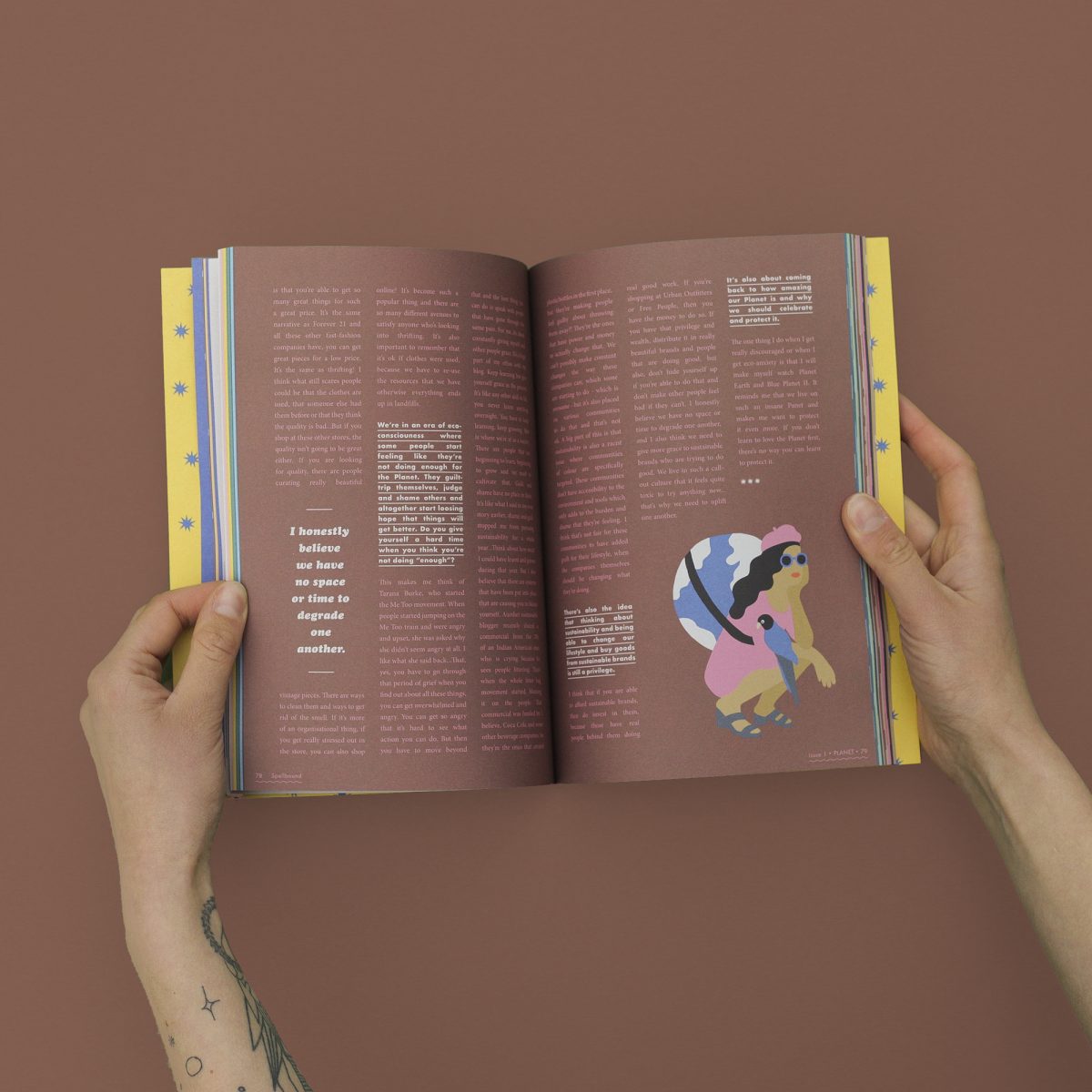
- Offset
So what is carbon offsetting?
Carbon Offsetting allows us to cancel out the impact of some of our emissions by investing in projects that reduce or store carbon – forest preservation and tree planting are among them, but carbon credits are also awarded for projects that reduce fossil fuels in other ways, such as windfarms, or better farming methods. Environment correspondent Fiona Harvey (from The Guardian) explains that offsetting doesn’t come without its issues in this article.
The idea is that we minimise our carbon emissions as much as possible through changing our travel, eating, buying and energy use habits; then for any unavoidable carbon emissions that we emit, they can be offset to be able to reach carbon neutrality on an individual level.
I’m proud to be planting 9 trees per year with Bristol based 9Trees. As I work with a lot of paper, it feels only right to be planting trees each year to reduce my carbon footprint. I’m also a member of 1% for the Planet – an international organisation whose members contribute at least one percent of their annual sales to environmental causes.
As Friends of the Earth mention in their article Does Offsetting work? -as great as individual action is, we need systemic change if we’re to reduce emissions sufficiently to avoid complete climate breakdown. So what’s the best thing you can do to further reduce carbon emissions? Join a Climate Action group and lobby for change in your community.
- No stress
You don’t need to do all of these points to make a difference. Even just starting with one of them is a huge step in the right direction. If it’s not something you can afford to do yet, there’s no need to stress. Just check out the points which have [Free>>] next to them if you’re on a budget.

Many thanks to Sam Pierpoint for this article. Be part of our talk with her on illustration and sustainability this 1st December.
Back to News Page
